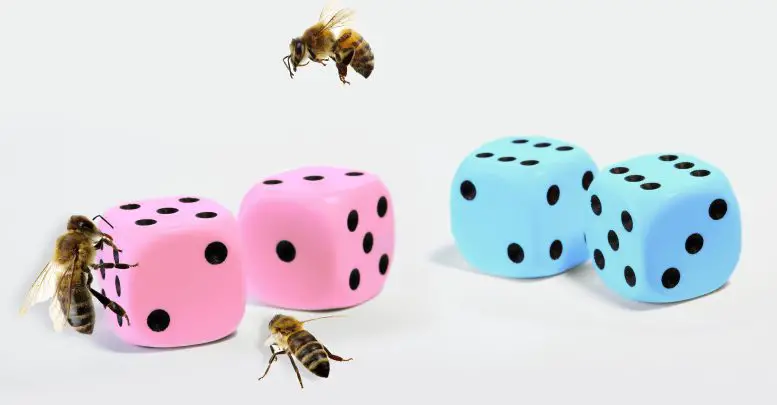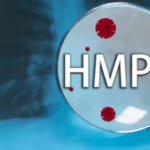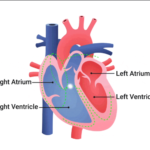It is still unclear exactly how a bee determines its sex. Researchers from Heinrich Heine University Düsseldorf (HHU) have now discovered a crucial gene and the chemical process connected to it. The technique is compared to a game of two dice in the most recent issue of the scholarly journal Science Advances.
sex determination
A living creature’s form, function, and behaviour are significantly impacted by its sex. Typically, an organism’s biological sex is established at conception. For instance, in humans, the sex-determining “Y chromosome” determines whether a man will be born.
In 1845, the Silesian clergyman Johann Dzierzon began researching the sex-selection processes of honeybees (Apis mellifera). He discovered asexual male bee reproduction, or “drones,” among other things.
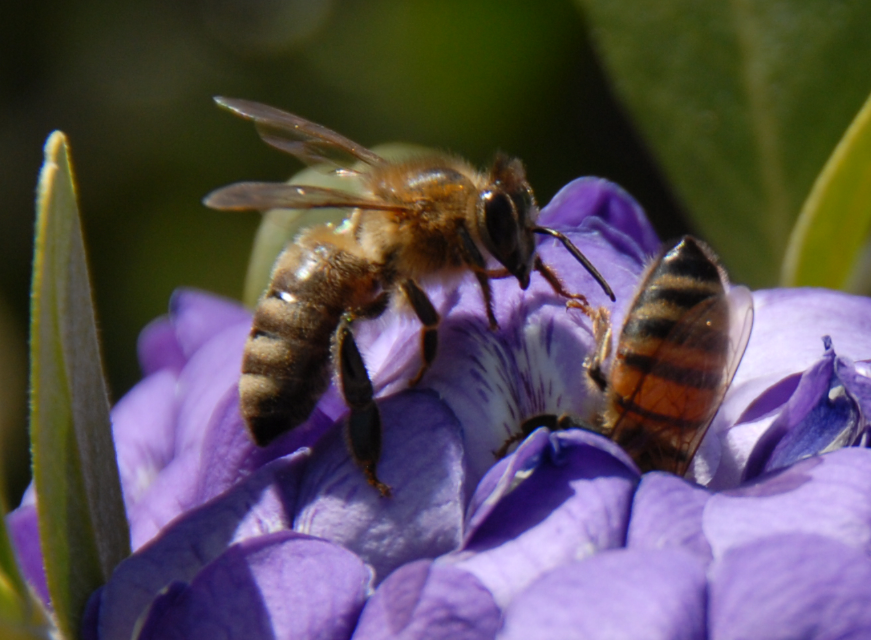
Sex Determination in Bees
Bees, unlike humans, do not only have one chromosome that determines their sex. It has now been proven by a study team led by Professor Dr. Martin Beye from the Institute of Evolutionary Genetics at HHU that sex is decided by a single gene known as “Csd” (Complementary sex determiner) by a unique process.
More than 100 different alleles, or variations, can exist for this gene. Other times, the different alleles of a gene might affect petal colour, such as in flowers.
The simple chromosome sets from the egg and sperm cells combine during sexual fertilisation to form a double-diploid chromosomal set. As a result, each sexually fertilised bee now possesses two Csd gene variations.
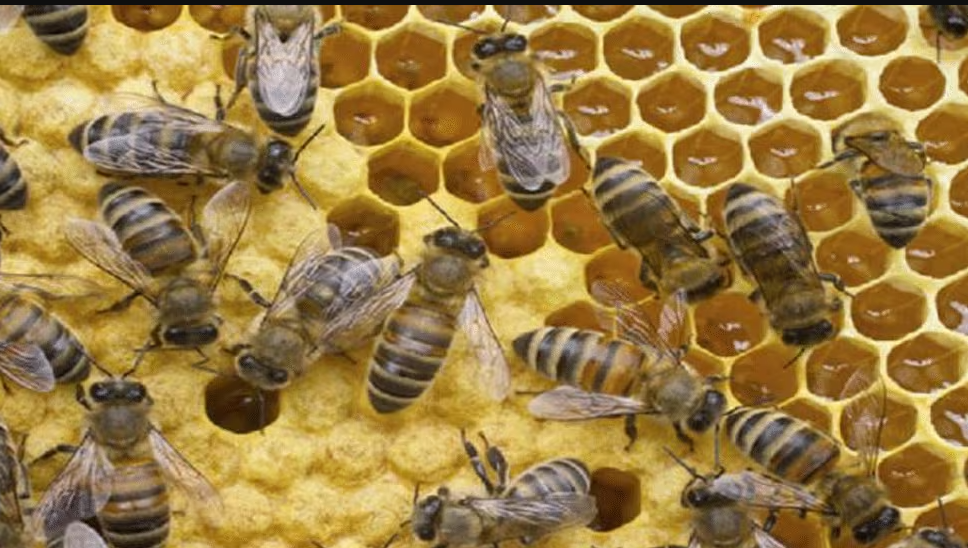
The next discovery made by the Düsseldorf bee researchers is that female bees develop in regions where the two Csd alleles are different. On the other hand, a male bee develops if the gene’s alleles are identical on both chromosomes. However, the worker bees do not raise these eggs because the bees wish to prevent this to avoid inbreeding.
ALSO READ: Queen’s Dilemma: The Game Of Gender Bias In Chess Clubs For Young Females
Molecular Mechanism of Sex Determination
The mechanism by which this sex determination takes place at the molecular level remained a mystery. Dr. Marianne Otte, the study’s lead author, says that each variant of the linked Csd protein is produced by a distinct allele of the Csd gene, and they are all marginally different. We were able to show that only unique Csd proteins may interact with one another and turn on a molecular switch that defines whether bees are female. The switch is not activated, however, if the proteins have different binding properties if they are the same. A male bee would emerge in this situation, but it would not be nurtured.
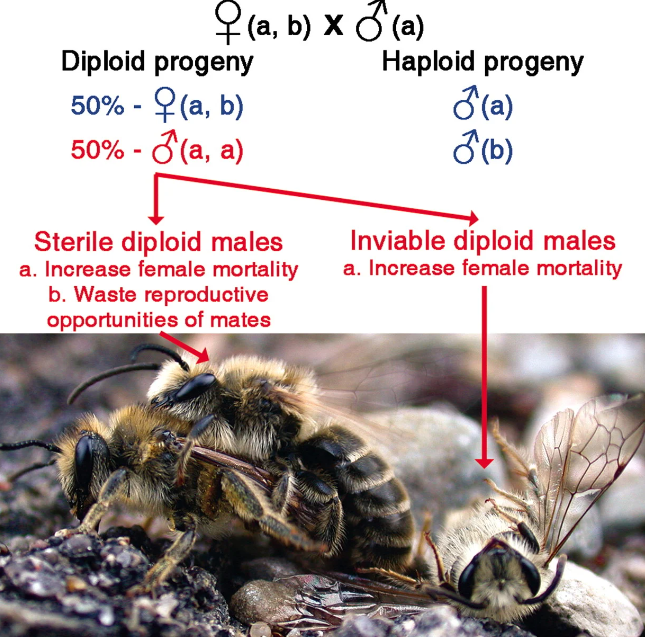
According to Professor Beye, the study’s final author, it is comparable to a molecular game in which two dice are used. However, in this instance, the throw that results in a double is not the winner. Instead, two distinct numbers must be produced by the throw in order to raise a female new bee.
The drones, on the other hand, are created from fertilised eggs. As a result, these male bees only have a straightforward set of chromosomes with the same Csd proteins. During egg laying, the queen bee chooses not to fertilise the egg with sperm.
Conclusion and Future Directions
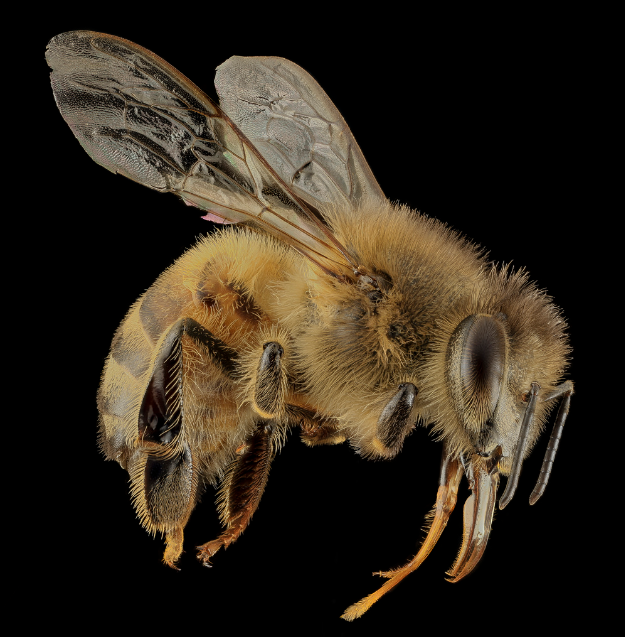
Dr. Otte: “By tracing it back to the switch function of the Csd protein, we have been able to solve a genetic mystery that has existed for more than 100 years.” Professor Beye makes the following observation regarding unanswered research issues: “The process the worker bees employ to determine whether the fertilised egg has two different Csd proteins and is subsequently flipped to ‘female’ is yet unclear. Since the hive is dark, an olfactory cue must exist.
The findings will be applied to improve bee breeding practises.
Reference: “Recognition of polymorphic Csd proteins determines sex in the honeybee” by Marianne Otte, Oksana Netschitailo, Stefanie Weidtkamp-Peters, Claus A. M. Seidel and Martin Beye, 4 October 2023, Science Advances.
DOI: 10.1126/sciadv.adg4239
ALSO VREAD: Scientists Have Discovered A Transcranial magnetic stimulation For Nicotine Dependence







